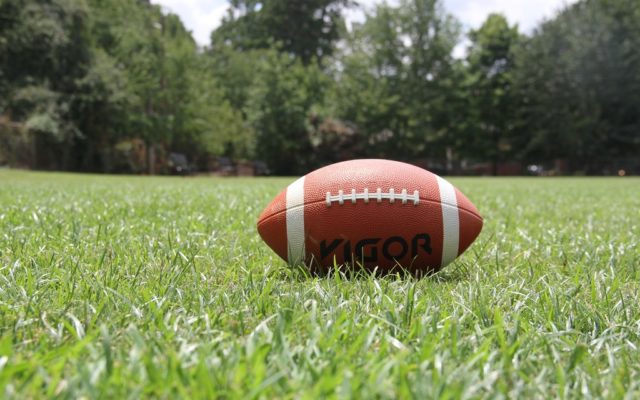
Fewer students means continued fewer Maine student-athletes
Fewer kids are playing high school sports, both in Maine and around the nation, according to statistics released this week by the National Federation of State High School Associations.
Participation in Maine high schools during the 2018-19 academic year experienced a 4.5 percent dip from the year before and fell below 50,000 for the first time in more than two decades. Maine, with its 49,510 participants, ranked 36th nationally for the fifth consecutive year.
Across the country, the 7,937,491 sports participants during the 2018-19 year was down by 43,395 from a year earlier when high school athletes reached an all-time high of 7,980,886. That marked the first drop in participation in 30 years, according to the annual NFHS High School Athletics Participation Survey.
“We know from recent surveys that the number of kids involved in youth sports has been declining, and a decline in the number of public school students has been predicted for a number of years so we knew our ‘streak’ might end someday,” NFHS executive director Dr. Karissa Niehoff said.
Maine is on par with national trends in football, where 11-player participation dipped for the fifth straight year. The state has endured a decade-long decline in participation, with last year’s 3,207 down 7 percent from 2017-18.
“Certainly the publicity around concussions has been huge, but the safety issue has been a factor not only in football but in some of the other full-contact sports, too,” said Mike Burnham, executive director of the interscholastic division of the Maine Principals’ Association.
Maine is getting on the bandwagon in terms of exploring other forms of football.
The six-player, eight-player and nine-player versions of the sport added 156 schools and 1,594 participants nationally last year, with the largest increase coming in eight-player football, which grew from 19,554 players to 20,954.
Maine will join those ranks next week when 10 schools that formerly fielded 11-player teams begin play in a newly formed eight-player division.
That move resulted largely from the general decline in player participation in football hitting smaller schools where player rosters have dipped routinely into the 20s.
“We are concerned about the reduction in the number of boys involved in the 11-player game but are thrilled that states are finding other options by starting six-player or eight-player football in situations where the numbers have declined,” Niehoff said.
Participation in traditional football nationally fell by nearly 31,000 students last fall to its lowest point since 1999-2000. Numerous factors were cited, including fears about head injuries.
“While we recognize that the decline in football participation is due, in part, to concerns about the risk of injury, we continue to work with our member state associations, the nation’s high schools and other groups to make the sport as safe as possible,” Niehoff said.
Maine’s decline in high school sports participation during the last decade has stemmed in part from a steady reduction in public school enrollment — down from 186,824 to 182,495, according to the Maine Department of Education.
In addition to the declining enrollment and health worries, concerns in other areas include the move by some young athletes to focus on a single sport through participation on travel teams.
“I think sports specialization plays a role in this, in that these kids are training and playing on outside teams and the outside teams have certainly impacted school participation,” Burnham said.
The influence of social media and the growing popularity of esports, competition involving video games, is seen as an other area of competition for high school sports.
“In our day there was nothing else to do, you either participated in sports in school or you didn’t really have anything else to do,” said Tim Smith, director of athletics and associate head of school at Foxcroft Academy.
“In today’s world between social media and Xbox and Fortnite and all of those things, kids have a lot more they can do.”
Smith also has noticed a decline in the number of upperclassmen who continue to play a sport, particularly if they don’t have a prominent role on their teams.
“If they’re not getting instant gratification — playing time — or they don’t see a future for themselves with playing time, they don’t play,” he said.
Nationwide, 11-player football remains the No. 1 sport for boys with 1,006,013 participants, followed by outdoor track and field (605,354), basketball (540,769), baseball (482,740) and soccer (459,077).
Outdoor track and field continues to lead the way for girls with 488,267 participants, followed by volleyball (452,808), basketball (399,067) and soccer (394,105).
Combined boys and girls basketball participation around the country was down 23,944 from a year ago, with the girls total of 399,067 the lowest since the 1992-1993 school year.
The NFHS participation survey has been compiled in its current form since 1971 through statistics it receives from its member state associations, including the MPA.
The complete 2018-2019 High School Athletics Participation Survey is available at https://www.nfhs.org/sports-resource-content/high-school-participation-survey-archive/.